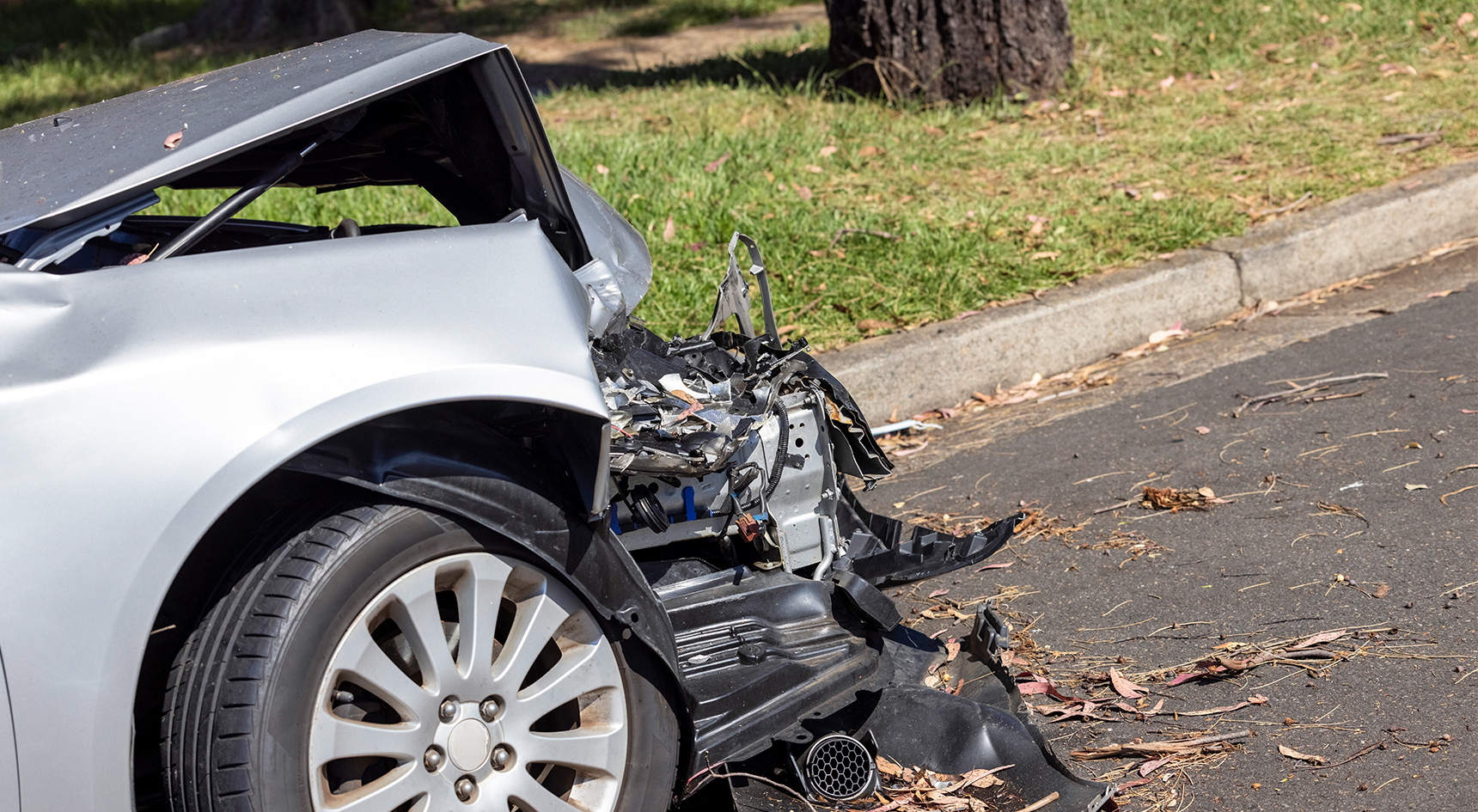By Andrew Rasch
Published: Friday, September 8, 2023
During your typical daily drive, you make several decisions while behind the wheel.
You have ample time to make some decisions – “In five hundred metres, turn right” (thank you, robotic voice on the navigation system). Others you make unconsciously, like pressing the clutch or turning on the indicator.
And some are made in a split second, like what you’ll do when the traffic light ahead of you changes from green to yellow. Do you check the rearview mirror then brake, or run the risk and put your foot down? Here’s what you should do.
Should I stay or should I go?
With apologies to The Clash for ripping off their lyrics, here’s what the South Australian Driver’s Handbook says about running a yellow light.
A yellow indicates that the lights are about to change to red. You must not enter the intersection unless you are so close to the stop line that you are unable to stop safely without entering the intersection or risking a rear-end crash with vehicles following you.
RAA Senior Manager Safety and Infrastructure Charles Mountain says a yellow light is a signal that tells drivers to prepare to stop if it’s safe to do so.
“It’s not there to say, quick, get through before it turns red”, he says.
The time a yellow light is shown depends on the road’s speed limit. It can range from three seconds on a 40km/h road, to five-and-a-half seconds on a road with a 90km/h speed limit. That doesn’t sound like a lot, but when you’re driving it’s plenty of time for disaster to strike.

What’s the penalty?
Running a red light is a big no-no, and there are hefty fines for anyone who does. But did you know you can also be charged with failing to stop at an intersection for a yellow light or arrow, and the penalty is the same for running a red?
Between 2018 and 2022 police detected 2062 offences from drivers who ran a yellow light.
The current penalty – $540, plus a $99 Victims of Crimes Levy and three demerit points.

Do you save time running a yellow light?
How much time are you gaining by running a yellow light when you know you could’ve stopped safely? Not much really.
Traffic light phases aren’t random; they’re calibrated to maximise traffic flow, so green signal times can vary in response to peak period demands. That means they can be shorter outside of peak periods to reduce delays for traffic and pedestrians on the intersecting roads. This all affects your travel times and where you might have to stop at a light.
For example, on Greenhill Road (between Fullarton Road and Anzac Highway), if you sped through a yellow light at Unley Road, there’s a chance you’d get a red light at King William Road. If you’d stopped for the yellow light instead, you may have made it through King William Road in the same traffic light phase. Risking a collision at an intersection just isn’t worth the tiny amount of time you’ll save, if any.

What are the risks of running a yellow light?
When you run a yellow light, you risk colliding with vehicles turning right. Between 2018 and 2022, there were 1080 casualty crashes at traffic signals involving a right-turning vehicle and a through vehicle. Not all these crashes were due to motorists running a yellow, but it’s fair to say they played a role in many. You also risk colliding with early-moving pedestrians walking across in front of you, hitting traffic queued ahead of you, or blocking an intersection.

What about when I’m turning right?
We all know how stressful it can be to turn right at a busy intersection that doesn’t have a green arrow, which is generally called a ‘filter turn’. You’re watching for the traffic lights, while also waiting for a gap in the oncoming traffic. In this scenario, when the lights turn yellow, watch for oncoming vehicles and only turn when you’re certain they’ve stopped. Never assume that oncoming vehicles will stop at a yellow light (or red for that matter). Some drivers won’t be able to do so safely and, unfortunately, some will just go through the yellow light no matter what.
Don’t worry if you’re at an intersection with a red-light camera. If you’ve already entered the intersection legally, you should still wait until it’s safe to turn, and even if the lights have just turned red, you won’t be fined.
What’s the bottom line?
Let’s boil this down to a few key points.
- If you’re speeding up to go through a yellow light, then it’s probably safe to stop, so going through is breaking the law. You can be fined and penalised with demerit points.
- When waiting in an intersection to turn right, never assume other drivers won’t run a yellow or red. Only turn right when you’re certain it’s clear and watch for oncoming vehicles that are obscured by others that have stopped.
- Running a yellow is a common cause of crashes involving vehicles turning right. It simply isn’t worth the risk and you’re not saving much time if you do.